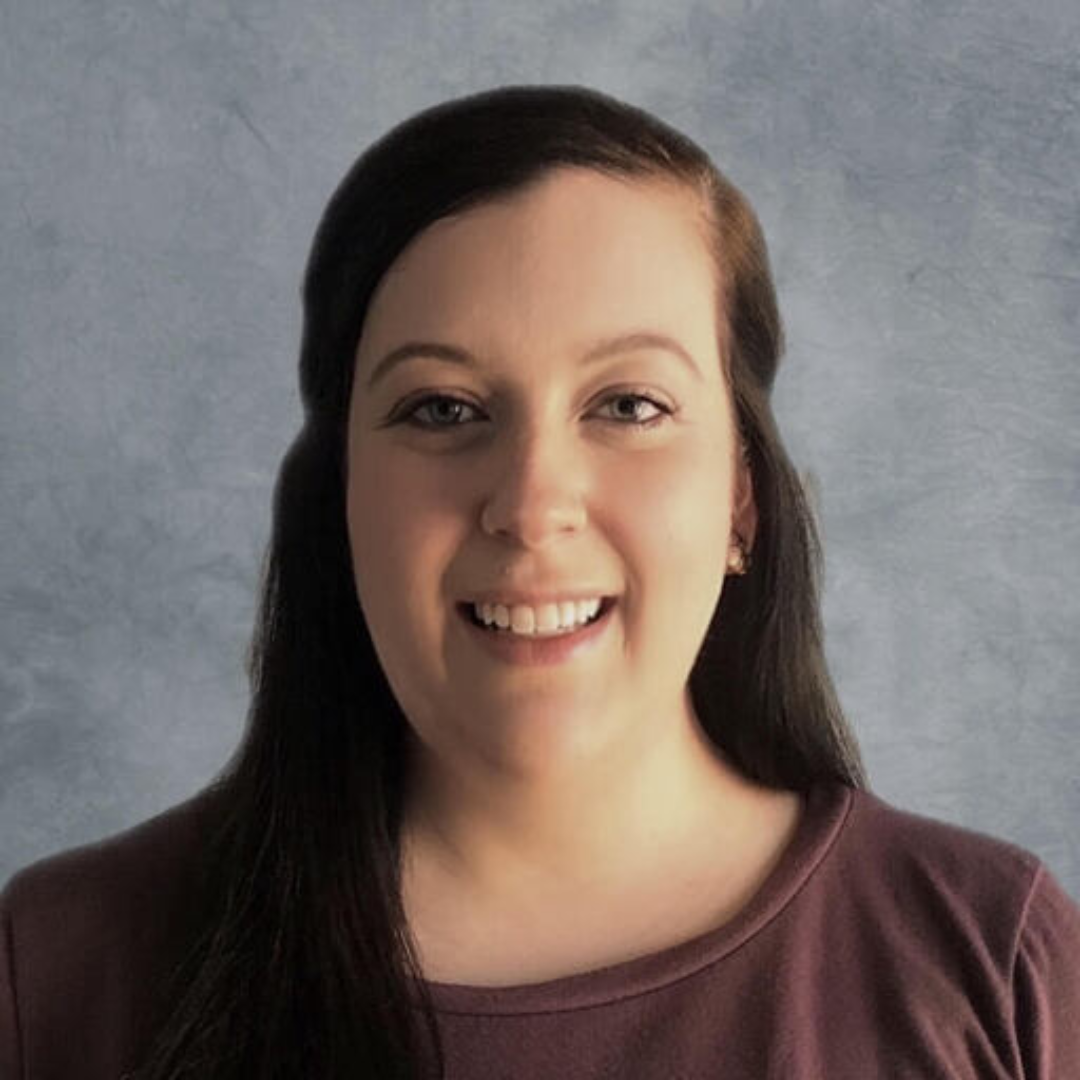When anxiety or OCD takes over, a child’s life gets smaller. School becomes harder, friendships feel riskier, and everyday moments turn into minefields of uncertainty. In the context of that shrinking world, it’s natural to want to first zero in on what needs to change: the fear, the avoidance, and the stuck patterns. But at InStride, we start by helping young people rediscover their why. One of the first things we ask is, “What do you want back in your life?”
Here at InStride, we know behavior change is hard. Really hard. And lasting change doesn’t happen just by showing up to treatment. It happens when a young person begins to understand their why. That’s why we ground treatment in values.
What Are Values, and Why Do They Matter?
Values are the core principles that guide how we want to live and who we want to be. While goals are specific and measurable, like attending a sleepover or completing an assignment, values reflect the deeper reasons behind those goals, such as friendship, independence, or personal growth.
At InStride, we help kids and teens identify the values that matter most to them and use those values as the foundation for their treatment goals. This connection makes the work more meaningful and sustainable. Rather than focusing only on reducing anxiety or OCD symptoms, treatment is about reclaiming the parts of life that have been impacted. When challenges arise, returning to these values helps patients stay motivated and oriented toward the life they want to build and the person they want to be.
Turning the “Why” Into Willingness
Change is rarely linear, and it’s almost never easy. Even when kids know what they care about, it doesn’t mean they’re always eager to lean into exposures. But values give them a reason to try, even when things feel hard, scary, or uncomfortable.
When a teen says, “I want to go on the class trip this year because I want to spend time with my friends,” and then faces their fear of being away from home, they have something to hold onto. When a child shares, “I just want to be able to eat dinner with my family without the rituals,” every step they take toward that goal has more meaning.
We watch these moments unfold all the time. A patient hesitates, looks at us with uncertainty, and then takes a step forward anyway. Not because they have to, but because they want the life that’s on the other side of that step. That’s the power of knowing your why.
Reconnecting When the Road Gets Bumpy
Treatment isn’t about being brave once. It’s about being willing over and over again. And that willingness can fade when progress stalls or fears flare up. That’s why we come back to values regularly.
Sometimes, when the road gets bumpy, we pause and ask, “What’s the ‘why’ behind this for you?” Reconnecting with what matters most helps kids find their footing again. And when they do, we celebrate the win by reflecting on the value it aligns with.
How Caregivers Can Support Values at Home
Caregivers have a special window into what lights their child up. You’ve seen who they are when anxiety or OCD isn’t in charge. And you can help them remember.
You might ask what they miss doing. Or talk about a time when they felt really proud of themselves. You can reflect together on what kind of person they want to be in their friendships, with family, and at school. And if they’re feeling stuck, you can gently ask: “What’s something you’d want back if anxiety or OCD wasn’t in the way?” They don’t have to know how to get there yet – just starting to identify these things is a meaningful first step.
A Life Bigger Than Anxiety
At the end of the day, our goal isn’t to make kids fearless. It’s to help them live in a way that reflects who they are and what they care about. That means trying things that make them nervous. It means sitting with uncertainty. And, it means helping them return to their values, their why.
When kids find their why, even the hardest steps start to make sense. And with the right support, they begin to believe something they may not have believed for a long time: “This is hard… and it’s worth it.”


